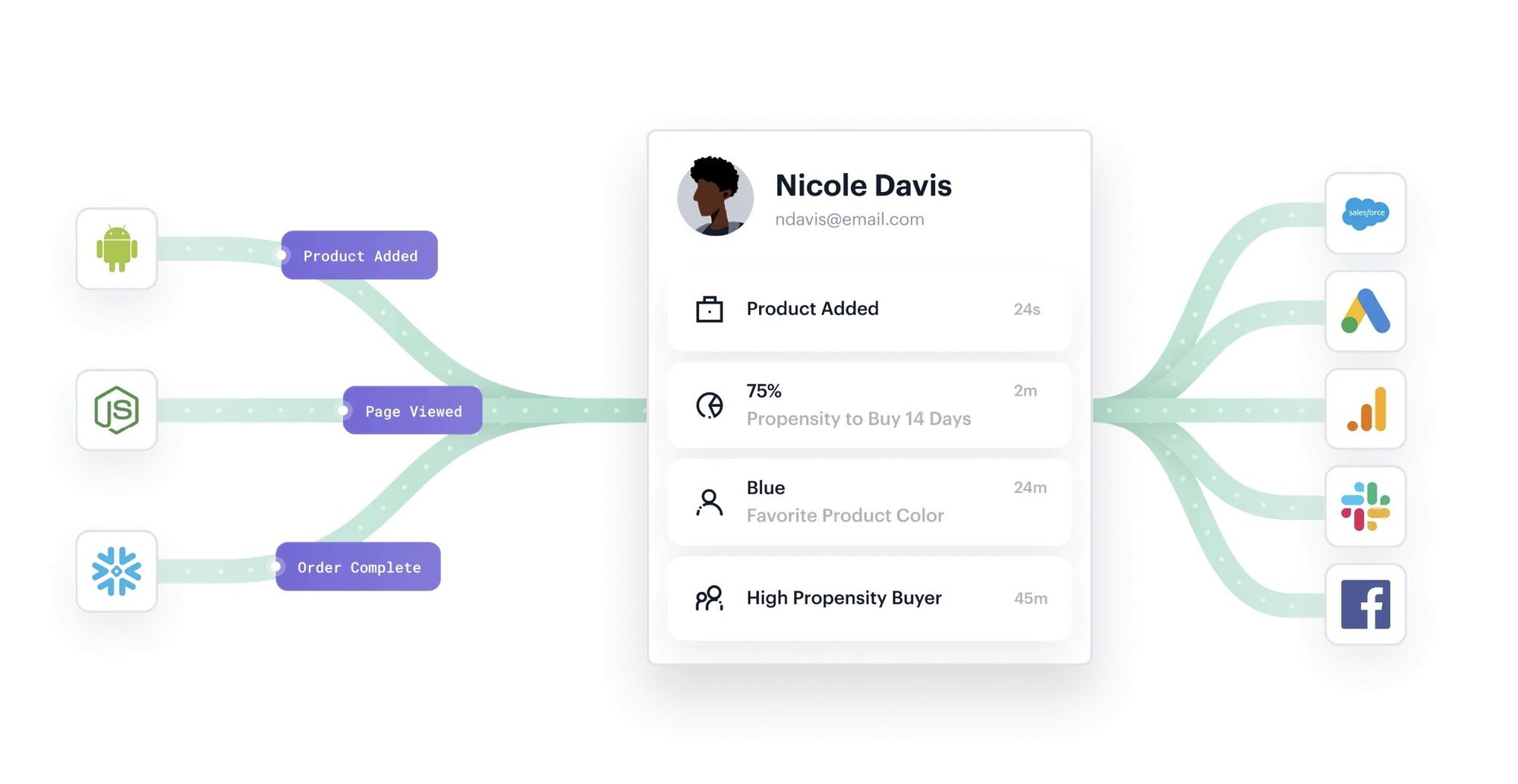Email personalization

This week I want to give a bit more insight into the topic of email personalization. A topic that is widely neglected if I take a glance at my inbox sometimes. General emails, not personalized, standard mass e-mailing.
Nothing about my previous behavior or interaction with that particular brand. Nothing, nada, njet.
Its it useful though..
Email personalization
So, in essence email personalization is doing everything that I mention above, instead of neglecting it. In marketing we are moving away from mass communication. For a long time, this was the golden bullet.
It was great that we could communicate through 1 medium and reach a huge audience at once: TV, radio, the internet, live events. All people amassed at one moment, and you could bring your message across.
Now, its reversing. Everybody has their own little world they live in. The phone in your pocket is your own google search, your own apps are a reflection of what you find interesting and follow, your own news, your own YouTube channels, your own twitter niche audience.
People go back again to tribal structures where they interact with a small group of likeminded people. Brands are working hard on this topic in the Metaverse, an online super interactive virtual reality world, where small communities are being created around niche interests. Brands are even talking about creating separate ´online countries´, with their own national anthem, own flag. All around super niche subjects and interests.
What this has to do with email personalization?
Everything. It means you cannot get away with sending the same message to everybody. You can have an overall topic, but everybody is unique in their own way, and can show you, through data points you already collected, what their preferences are.

Email personalization is super easy with the automation tools you have on the market these days. To make sure your message lands you have to:
1. Know your prospect
2. Know their dreams and desires
3. Know their wishes
4. Know their demographics, work related info (Job title) and alike
5. Know past online interactions with your brand
6. Know past download or sales behaviour
And more.
To organize this, you have to organize and collect these data points.
Online you can collect these through tools like Google Tag Manager and tracking codes within automation platforms. Web behavior with Google Analytics and ad engagement data within advertising platforms like Meta or Linkedin etc. Through Google Tag Manager you can add ´event tracking´ to your web pages, so you can collect scroll, click, and web behavior.
Through tracking codes, your can collect web visits, time spent on your pages, downloads and other conversion data.
This data can be send (with tools like Zapier) to your CRM/Marketing automation platform where you can label them within contact profiles using tags or custom fields.
When you have this stored and organized, you can start to highly personalize emails. In the image below its shown how simple this can be.
Conditional content
Personalize a content block within your e-mail builder (I use ActiveCampaign) and make the content conditional. This means in essence that only people with a certain condition (label or tag, but this can also be demographic data, gender data or any other custom field data you can think off) see that specific content block when they receive an email from you.
You, though, are saving time, by just creating 1 email, and just adjusting the conditions and the content within that 1 email.
Result: You send out 1 email, but everybody receives one that is highly personalized (text, images, buttons, you name it).
So, order of things:
1. Organize your data
2. Use this data to personalize.
3. This means happy receivers, since the chance they consider your email as spam is way lower, since you have build it around their interests and previous behaviour).
4. Happy prospects = highly likely, more (happy) potential customers.
See a video on how easy it is to add conditional content to an email in my tweet below.
Problem. ⛔️
— Koen Machielse - Nekoh Digital (@Nekohdigital) March 25, 2023
I see every week landing in my inbox. 🤬
Emails that are NOT personalized. 😱
Its essential in marketing. And super easy with the automation tools you have on the market these days.
To make sure you´re message lands. 👇
1. Know your prospect
2. Know their dreams… pic.twitter.com/DHGUwuD2ye
Organize, organize
I come back to this many times. Organizing your data is essential when you start communicating with you prospects, clients or anyone else. When you don´t have that overview, and data organized, its easy to just think...
Oh, shit. Lets send out a newsletter. Or email.
To everybody.
That does not work anymore. And that's not the prospects fault. Its your fault, since you are not well organized. Make sure u are. It takes time to build your own data warehouse, but its for the better. For you, and for the receiver.
In general it always good to have less spam around anyway.
Interesting in receive more every saturday? Just hit the subscribe button on the top right.
